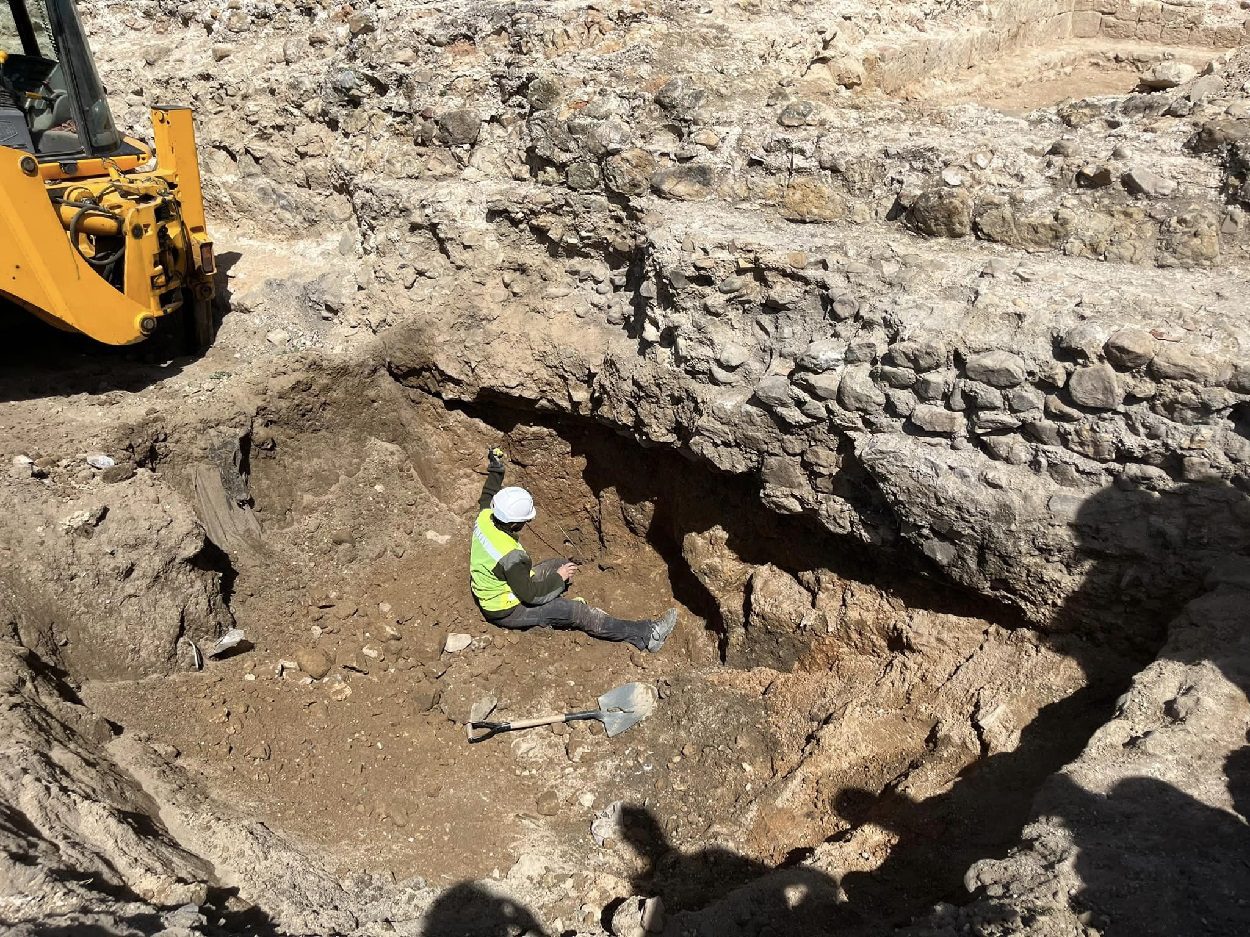Archaeologists from Arbotante patrimonio e innovación SL have uncovered a complete suite of armour during excavations at the Castillo de Matilla de los Caños del Río near Salamanca, Spain.
The castle was previously thought to have been constructed following the Arab conquest of the Iberian Peninsula, which became part of Umayyad Caliphate around AD 711–732. However, very little is known about the history of the castle, with sources indicating that it was destroyed on the orders of Ferdinand II of Aragon in AD 1505.
The castle ruins are located north of the village of Matilla de los Caños del Río on a small hill at a strategic position overlooking the flat plains below.
Archaeologists from the Arbotante patrimonio e innovación SL have been conducting ongoing excavations since early 2023, revealing the layout of the castle interior and exterior walls. The team have identified the possible gateway entrance, a cistern, circular towers, and an armoury containing the remains of weapons and pieces of armour.

According to the researchers, the archaeological evidence contradicts the historical narrative as they’ve found no evidence of Arab occupation or related architectural elements.
The team have also discovered a complete suit of armour which dates from the 16th century. The armour consists of almost 50 pieces and was found alongside a crossbow and a knife.
Speaking to Salamanca24horas, archaeologist Iván García Vázquez, said: “The armour has all its functional pieces, it consists of a helmet, breastplate, trellis, elbow pads, greaves and other protections for arms and legs.”
Excavations also revealed numerous crossbow bolts, some of which have a socketed head almost square in cross section that was mainly used against armour, in addition to spike points that was used to penetrate chain mail. Also found among the ammunition cache are pieces of bolaño, a type of stone cannonball also known as “stoneshot”.
Header Image Credit : Municipality of Matilla de los Caños del Río

